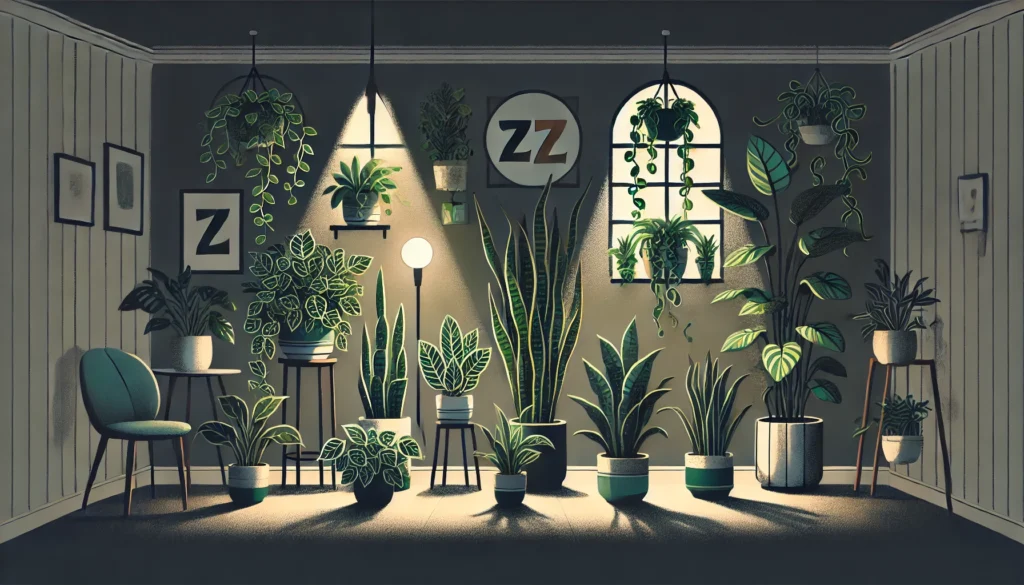
Top Plants That Survive Dark Rooms: Best Low-Light Houseplants for Your Home
Struggling to keep plants alive in your dimly lit spaces? You’re not alone. Many of us love the idea of having lush greenery indoors but are faced with the challenge of growing plants in rooms that hardly see sunlight. Fortunately, there are plants that survive dark rooms—perfect for adding life to your home, even in areas with low light. In this guide, we’ll show you the best low-light houseplants that thrive in dark rooms, making it easier than ever to enjoy the beauty of plants without worrying about constant care. Let’s dive into the top picks that can flourish in your home’s least sunny spots!
Table of Contents
ToggleUnderstanding Low-Light Conditions
Understanding low-light conditions is crucial when selecting plants that will thrive indoors. While most plants need direct or indirect sunlight to grow, low-light plants are specially adapted to survive with minimal light. Here’s what you need to know:
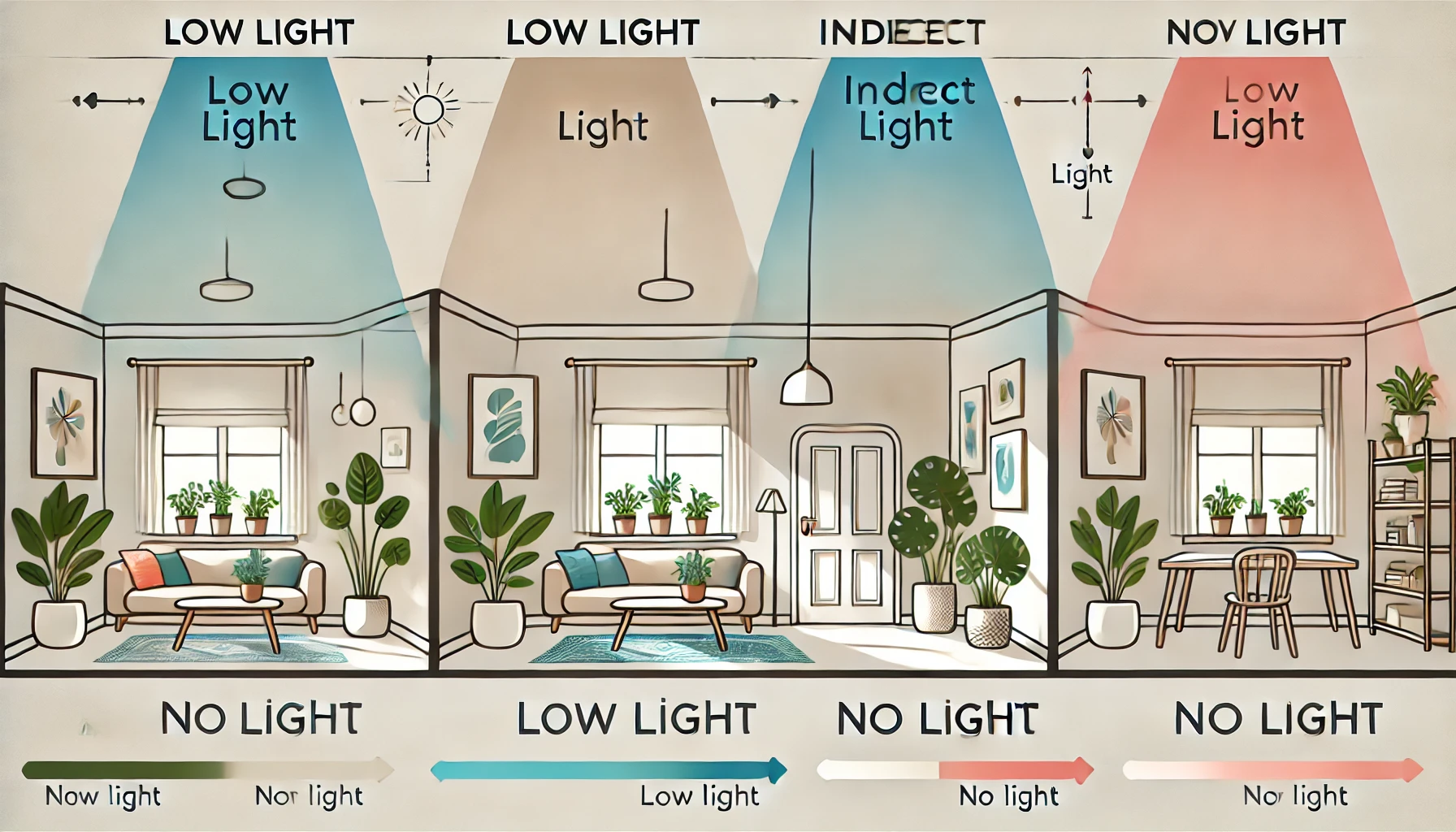
What is Low-Light?
Low-light conditions refer to areas in your home that receive limited natural light. These spaces are typically far from windows or only get indirect sunlight throughout the day. Low-light doesn’t mean “no light” – it just means the light is not direct or strong. Common examples include rooms with north-facing windows or areas behind furniture.
How Low-Light Affects Plants
In low-light environments, plants receive less energy for photosynthesis, causing them to grow slower. This can result in smaller leaves or less vibrant colors. However, many plants have evolved to survive under these conditions, adapting by developing larger leaves, slower growth rates, or the ability to store energy for longer periods.
Signs of Low-Light Stress in Plants
If a plant is placed in a spot with insufficient light, it may show signs of stress, such as:
- Leggy growth: Plants grow tall with sparse leaves.
- Yellowing leaves: Leaves may turn yellow due to poor photosynthesis.
- Slower growth: Plants may stop growing or grow very slowly.
How to Identify Low-Light Spots in Your Home
To find low-light areas, look for spaces that are farther from windows or behind other furniture. If you can see your shadow when standing in the space, it’s likely not low-light. However, if the light is soft and diffused, and you can’t see your shadow, it is considered low-light. A simple test is to place a plant in the area and observe its condition over time to see if it adjusts well.
Key Factors to Consider When Choosing Low-Light Plants
When selecting low-light plants, several factors ensure they thrive in your home. Here’s what to consider:
Light Availability
Low-light plants still need some light, but it doesn’t have to be direct. Look for spots that get indirect, filtered, or diffused light, such as corners far from windows. Too little light will slow growth, so ensure there’s some natural light, even if minimal.
Temperature and Humidity
Most low-light plants are tropical, thriving in warm temperatures (60°F to 75°F) and higher humidity. Ensure your home stays within this range and consider adding humidity with a humidifier or grouping plants together.
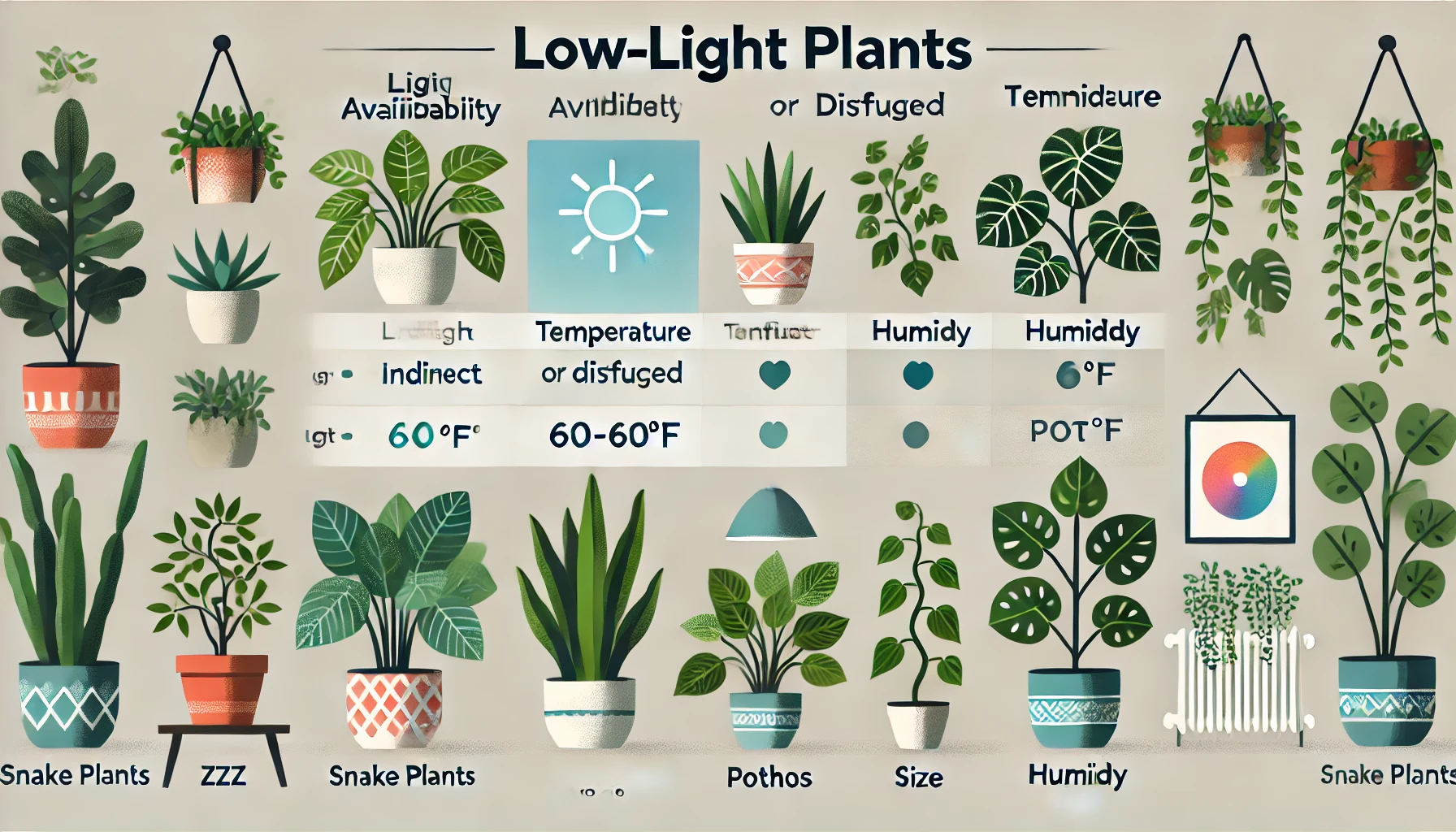
Watering Needs
Low-light plants need less water due to slower growth. Always check soil moisture before watering, and let it dry out between waterings. Plants like snake plants and ZZ plants can go for long periods without water, making them ideal for low-light areas.
Growth Rate
In low light, plants grow more slowly. Opt for plants that maintain a compact form, like pothos or peace lilies, to prevent them from becoming leggy or sparse.
Size of the Plant
Some low-light plants grow large over time, while others remain small. If space is limited, choose compact plants like the snake plant, which stays manageable. Larger plants like the parlor palm may require more room to grow.
Care Requirements
Choose plants based on your experience level. Easy-care plants, such as the spider plant or pothos, are great for beginners, while others may need more attention. Choose plants that match your lifestyle for the best results.
By keeping these factors in mind, you can select the best low-light plants for your home, ensuring they thrive with minimal effort.
Top Plants That Survive Dark Rooms
If you have a room with little natural light, there are still plenty of plants that can thrive. These hardy plants are perfect for dark rooms or areas with minimal sunlight. Here are the top plants that do well in low-light conditions:
Snake Plant (Sansevieria)
The snake plant is one of the best low-light plants. It tolerates dark rooms, requires minimal water, and can survive neglect. Its upright, sword-like leaves add a striking touch to any space.
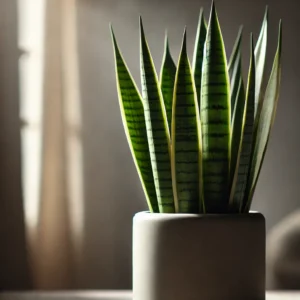
ZZ Plant (Zamioculcas zamiifolia)
The ZZ plant is a resilient beauty that thrives in very low light. It has glossy, dark green leaves and can go weeks without water. Perfect for dark corners or rooms with limited sunlight.
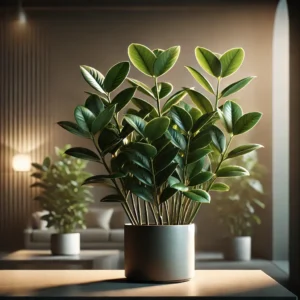
Peace Lily (Spathiphyllum)
The peace lily is a versatile plant that can handle low light and low humidity. It’s known for its elegant white flowers and air-purifying qualities. Peace lilies also signal when they need water by drooping their leaves.
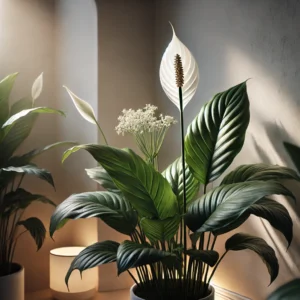
Pothos (Epipremnum aureum)
Pothos is an excellent plant for dark spaces. It grows well in low light and can trail or climb, making it perfect for hanging baskets or shelves. It’s low-maintenance and very forgiving if you forget to water it occasionally.
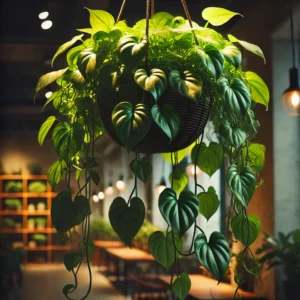
Cast-Iron Plant (Aspidistra elatior)
True to its name, the cast-iron plant is nearly indestructible. It thrives in low light and can handle neglect when it comes to watering. Its long, dark green leaves make it an attractive addition to any room.
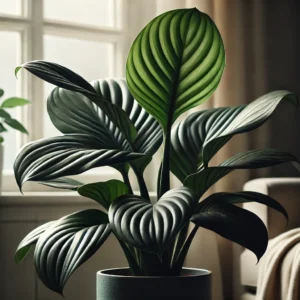
Spider Plant (Chlorophytum comosum)
The spider plant is known for its arching, variegated leaves and small plantlets that dangle from long stems. It can grow in low light but prefers bright, indirect light. It’s a great beginner plant that thrives with minimal care.

Parlor Palm (Chamaedorea elegans)
This tropical palm is perfect for rooms with little light. It grows slowly but steadily and adds a touch of elegance to dark spaces. It requires occasional watering and thrives in the moderate humidity typical of indoor environments.
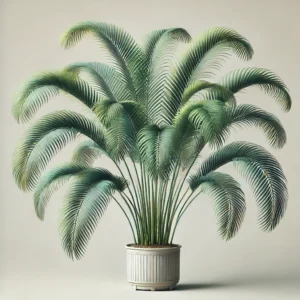
These plants are not only tough but also beautiful, making them the ideal choice for rooms with limited sunlight. Whether you’re a plant novice or a seasoned grower, these low-light plants will add green charm to your home with minimal effort.
How to Care for Low-Light Plants
Caring for low-light plants is easy once you understand their basic needs. These plants thrive in environments with minimal natural sunlight, but they still require some attention to stay healthy. Here’s how to care for them properly:
Light
While low-light plants can survive in dim conditions, they still need some indirect light. Place them in areas that receive filtered light, such as near windows with curtains or in rooms with plenty of ambient light. Avoid direct sunlight, as it can scorch the leaves. If natural light is limited, consider using grow lights to supplement.
Watering
Low-light plants usually need less water than those in brighter areas. Only water when the top inch or two of soil feels dry. Overwatering can lead to root rot, so ensure your pots have proper drainage. Plants like snake plants and ZZ plants are more drought-tolerant and can go longer between waterings.
Humidity and Temperature
Most low-light plants, especially tropical varieties, prefer moderate to high humidity. If your home is dry, especially during winter, increase humidity by misting the leaves or placing a humidifier nearby. Keep the temperature between 60°F and 75°F (15°C to 24°C) to help your plants thrive.
Fertilizing
Feed your low-light plants sparingly. During the growing season (spring and summer), fertilize once every 4-6 weeks with a balanced, water-soluble fertilizer. Avoid fertilizing in the fall and winter, as the plants are in a dormant phase and don’t need extra nutrients.
Pruning and Cleaning
Regularly prune dead or yellowing leaves to maintain a healthy appearance. Wipe the leaves gently with a damp cloth to remove dust, which can block light absorption. Pruning helps the plant conserve energy and promote new growth.
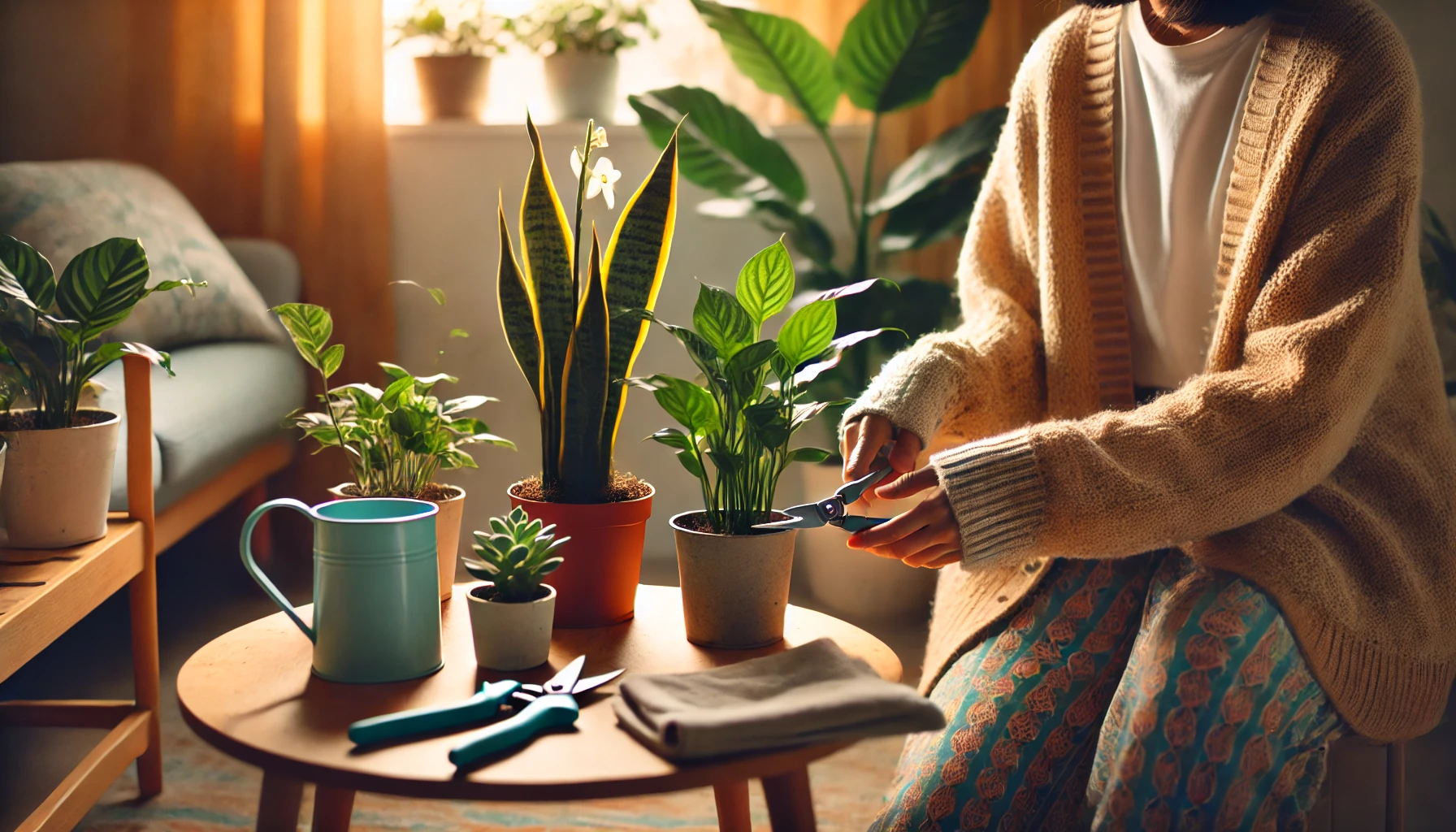
Potting and Soil
Use a well-draining potting mix for low-light plants. A mix designed for houseplants or tropical plants is ideal. Ensure your pots have drainage holes to prevent water from sitting at the bottom, which can lead to root rot. Repot every 1-2 years to refresh the soil and provide room for growth.
Common Mistakes to Avoid with Low-Light Plants
While low-light plants are generally easy to care for, it’s still easy to make mistakes that can harm their health. Avoiding these common pitfalls will help ensure your plants thrive with minimal effort.
Overwatering
One of the most common mistakes is overwatering. Low-light plants grow slowly and need less water compared to those in bright light. Always check the soil before watering. If it’s still moist a couple of inches down, wait before watering again. Overwatering can lead to root rot and other issues.
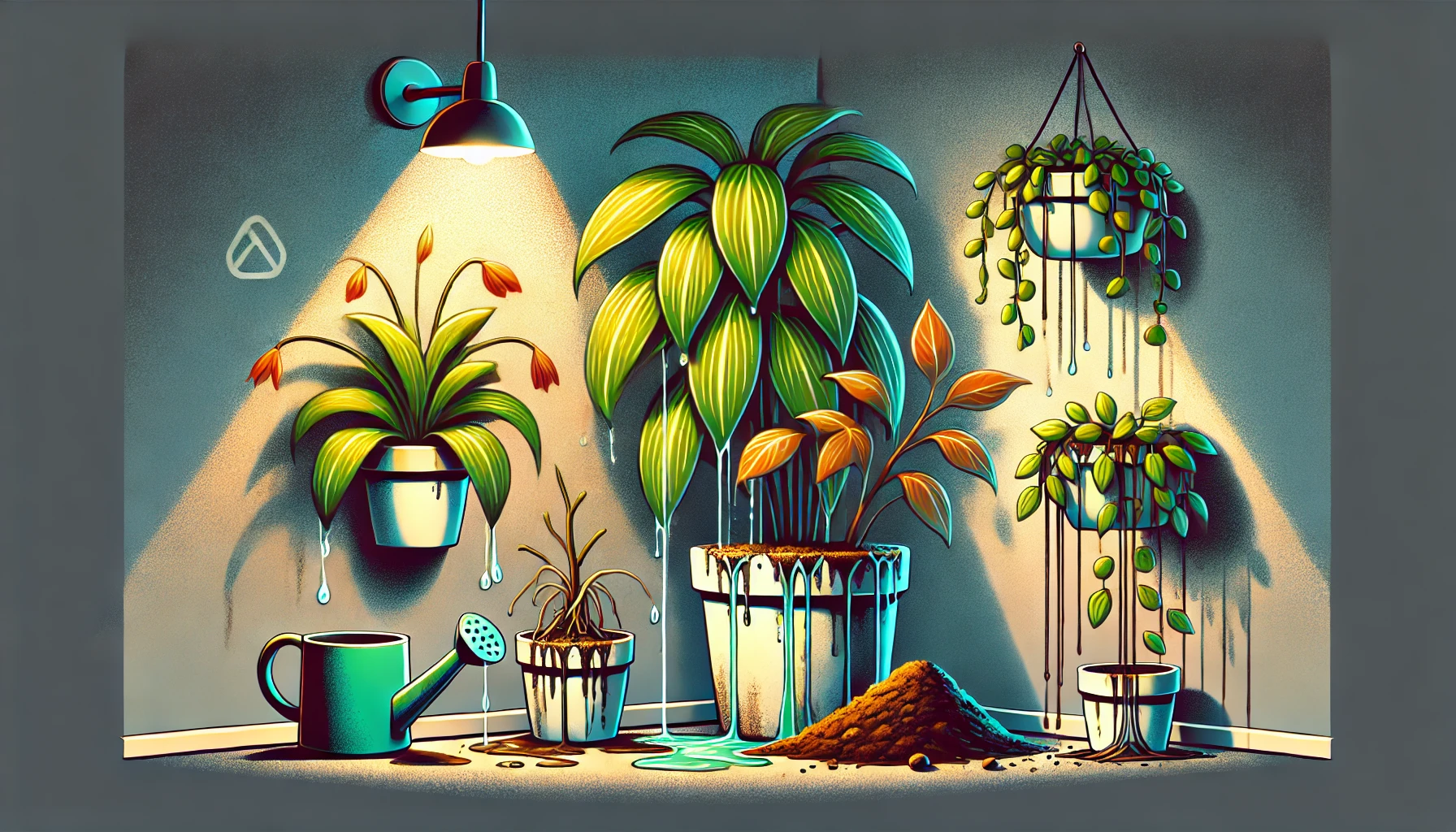
Placing Plants in Total Darkness
While low-light plants tolerate dim conditions, they still need some light. Avoid placing them in completely dark areas. Even low-light plants need indirect or filtered sunlight to perform photosynthesis. If you don’t have enough natural light, consider using grow lights to supplement.
Ignoring Humidity Needs
Low-light plants often come from tropical climates and thrive in humid conditions. If the air in your home is too dry, especially during winter, your plants may suffer. Boost humidity by placing plants together, using a humidifier, or regularly misting them.
Choosing the Wrong Plant for Your Space
Not all low-light plants are the same. Some can tolerate even less light, while others require a little more. Be sure to choose plants that match the specific light conditions of your space. Plants like snake plants and ZZ plants are more tolerant of low light, while others like peace lilies may need slightly more indirect light.
Not Cleaning the Leaves
Dust can accumulate on plant leaves, blocking light and reducing photosynthesis. Make a habit of gently wiping your plants’ leaves with a damp cloth every few weeks to ensure they get enough light.
Forgetting to Rotate Plants
Plants naturally grow toward light, so if you don’t rotate them regularly, they can become lopsided or “leggy.” Turn your low-light plants every few weeks to encourage even growth on all sides.
Using the Wrong Soil
Low-light plants generally prefer well-draining soil. Using heavy, compact soil can lead to poor drainage, which increases the risk of root rot. Make sure your plants are potted in soil that allows water to flow freely.
Low-light plants are a fantastic way to add greenery to your home, even in spaces with limited sunlight. By understanding their unique needs and following a few simple care guidelines, you can enjoy thriving plants with minimal effort. Remember to choose the right plant for your space, avoid common mistakes like overwatering, and give your plants just the right amount of light, water, and humidity.
With a little attention, your low-light plants will not only survive but also bring beauty and freshness to your indoor environment. Whether you’re a beginner or a seasoned plant owner, these hardy plants are perfect for creating a lush, low-maintenance indoor garden. Start by picking a few easy-care varieties, and enjoy the many benefits that plants bring to your home. Happy planting!
Frequently Asked Questions(FAQ)
What are plants that survive dark rooms?
Plants that survive dark rooms are species that can thrive with minimal natural light. These plants are ideal for spaces with limited or no direct sunlight, such as rooms with small windows or areas that only receive indirect light. Examples include the snake plant, ZZ plant, and pothos.
Can any plant survive in a room with no sunlight?
While no plant can survive in total darkness, many plants are well-adapted to low-light conditions. These plants need only indirect light to grow and can tolerate the lower light levels found in dark rooms. Examples include the ZZ plant, peace lily, and cast iron plant.
How do I know if a plant can survive in low light?
Plants that can thrive in low light typically have darker green leaves, which indicate their ability to photosynthesize in dimmer conditions. When choosing plants, look for species known for their adaptability to low light, such as ferns, pothos, and snake plants.
How often should I water plants that survive dark rooms?
Low-light plants generally require less frequent watering since the reduced light slows their growth. It’s important to let the soil dry out completely before watering to prevent overwatering, which can lead to root rot. Always check the soil moisture before adding water.
Can plants that survive dark rooms also survive in artificial light?
Yes, many plants that survive dark rooms can thrive under artificial light. Fluorescent or LED lights can provide enough light for these plants to grow, making them perfect for offices or rooms without windows. However, ensure they receive adequate light for several hours each day.
Do plants that survive dark rooms still need fertilizing?
While these plants are low-maintenance, they do still benefit from occasional fertilization. You can feed them with a diluted, balanced fertilizer every few months during the growing season (spring and summer). Be careful not to overfertilize, as it can harm the plant.
What are the best plants for rooms with no windows?
If you have a room with no windows, you can still grow plants with the help of artificial lighting. Some plants that tolerate very low light and can adapt to windowless spaces include snake plants, ZZ plants, pothos, and peace lilies. Just ensure they receive a few hours of artificial light each day.
Are there any plants that can survive in a bathroom with no windows?
Yes! Bathrooms with no windows can still house low-light plants. Plants like the snake plant, pothos, and peace lily are perfect for these spaces because they tolerate the humidity and can survive with minimal light. Ensure they are in a spot with indirect light or artificial lighting.
Can low-light plants grow in shaded outdoor spaces?
Some low-light plants can adapt to outdoor shaded areas where sunlight is scarce. Plants like hostas, ferns, and certain types of ivy can thrive in shady outdoor spots. However, they will still need some natural light, so choose shaded areas that get indirect light or dappled sunlight.
